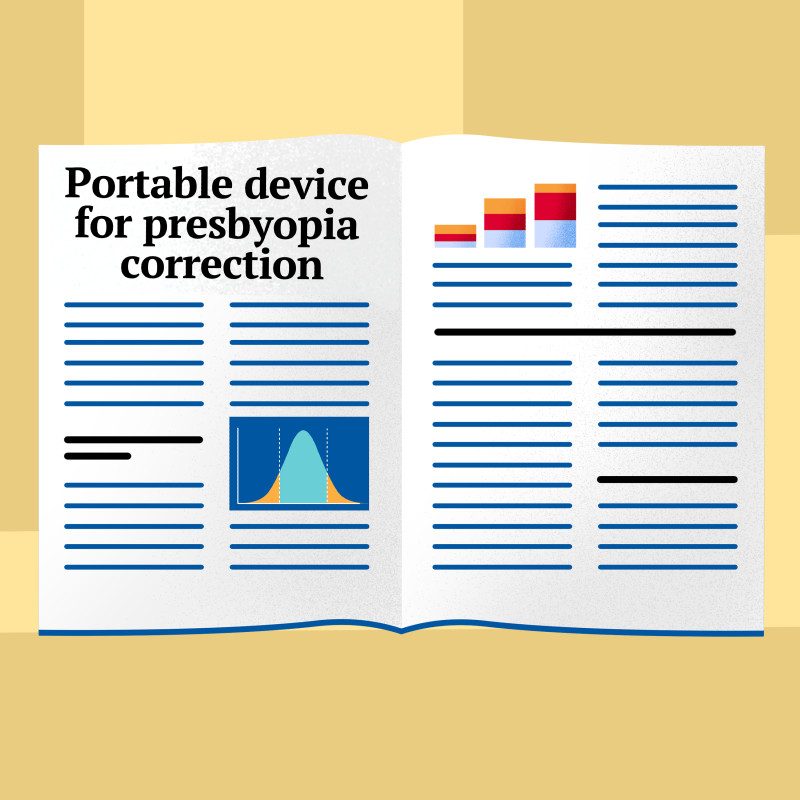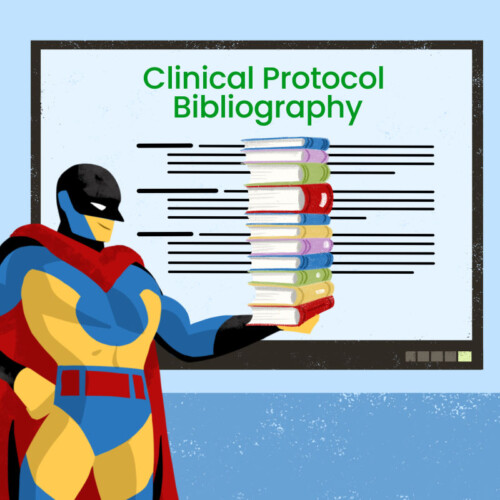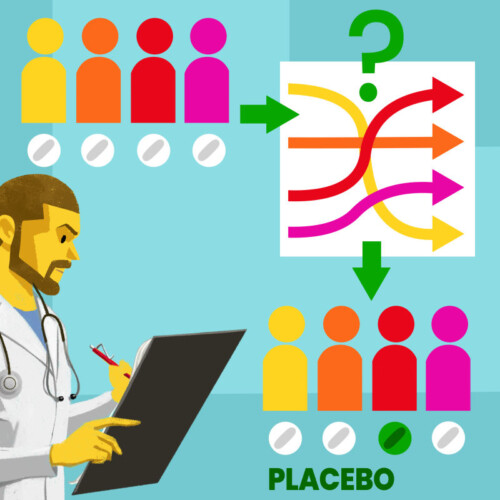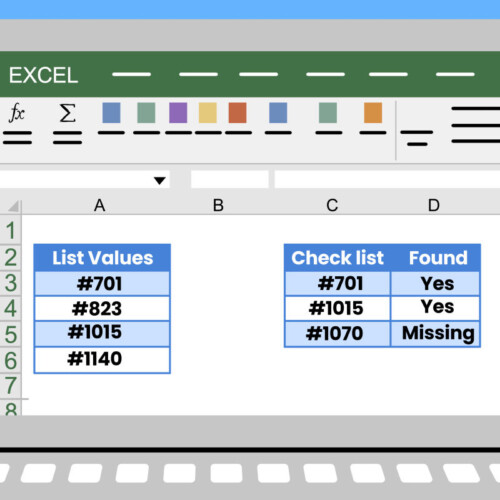The written presentation of a product can be understood as any activity aimed at describing and/or illustrating the product in question through written text. Given its highly versatile nature, applicable to the description of any product in any context, it is not possible to determine a priori the rules or guidelines to follow for an effective presentation. Therefore, to further explore this topic, let’s focus on the process of writing presentations for products in the life sciences sector.
In this context, it is important to note that there are generally three macro-scenarios in which a written presentation of a product may be necessary. These correspond to: i) drafting technical/regulatory documents, ii) preparing texts intended for high-level scientific communication, and iii) creating marketing content.
How to Effectively Present a Product in Writing in These Contexts?
While the guidelines to follow can vary greatly, two aspects should always be appropriately considered: the purpose of the product presentation and the type of audience to whom this presentation is directed.
Let’s examine what is meant by an effective written presentation of a product in the specific case of these three circumstances, analyzing the impact of these two factors.
Effectively Presenting a Product in Technical/Regulatory Documents
Generally, the presentation of a product in this type of documentation aims to declare the product—whether a drug, supplement, cosmetic, or medical device—in compliance with current regulations. The need to prepare such a presentation typically arises from the manufacturer’s intention to market the product in a specific country, rather than for commercial or advertising purposes.
How can one effectively present a product in writing? An important first step, albeit a basic one, is to correctly classify the product category and identify the applicable regulations. Regardless of the type of regulation, it is essential to keep in mind that the audience for this documentation consists of qualified and competent personnel who can assess whether the product’s characteristics make it suitable for commercialization. Therefore, the product presentation must be technical, precise, and objective, conveyed through a neutral and impartial tone of voice. On the other hand, the use of any claims, slogans, or advertising references is not permitted.
Effectively Presenting a Product in High-Level Scientific Communication Content
Scientific communication is defined as the process of producing, sharing, evaluating, publishing, and disseminating research results from universities, organizations, or research centers. Disseminating a product through scientific communication channels like white papers and clinical compendia means providing all the information that characterizes and positions the product, thereby increasing public knowledge and trust and facilitating informed decisions by users.
How can a product be effectively presented in this context? Given that the aim of such documents is to inform and clarify the product, the presentation should highlight the clinical implications and the available tests and data on the product, while arguing these points objectively and clearly. The effectiveness of the presentation will thus be closely linked to the ability to formulate claims and considerations that are supportable and demonstrable through objective and, ideally, scientific data. For this reason, references to slogans and/or promotional messages—which often cannot be backed by objective or impartial parameters—are deemed inappropriate. Similarly to the previous context, the audience for this type of content is typically composed of competent and expert personnel: therefore, the tone of voice and specificity of the language used can be maintained at a medium-high level of specificity.
Effectively Presenting a Product in Purely Marketing Content
Among the main objectives of marketing content, in addition to content creation, is to attract a specific target audience to purchase or use a particular product. Presenting a product in this context reflects the manufacturer’s or seller’s need to first make their product known and then maximize sales.
Since this presentation is directed at a broad audience of users, effectively presenting a product in this context requires appropriately combining relevant information for the market presentation with language that captures and maintains the reader’s attention. In other words, effectively presenting a product here means strategically illustrating it with effective language so that the end user, in this case the consumer, is intrigued and motivated by what is presented. Declared claims may promote specific features that make the product superior or at least comparable to competitors in the market; however, their use must comply with the regulatory and normative aspects of the product.
Based on these considerations, it is clear that the written presentation of a product is a “dynamic” and complex process that requires, depending on the case, a focus on certain aspects over others. Being aware of the obstacles that may arise during the writing process is a crucial first step that allows for the identification and analysis of critical points to be addressed, ultimately leading to a quality outcome.









